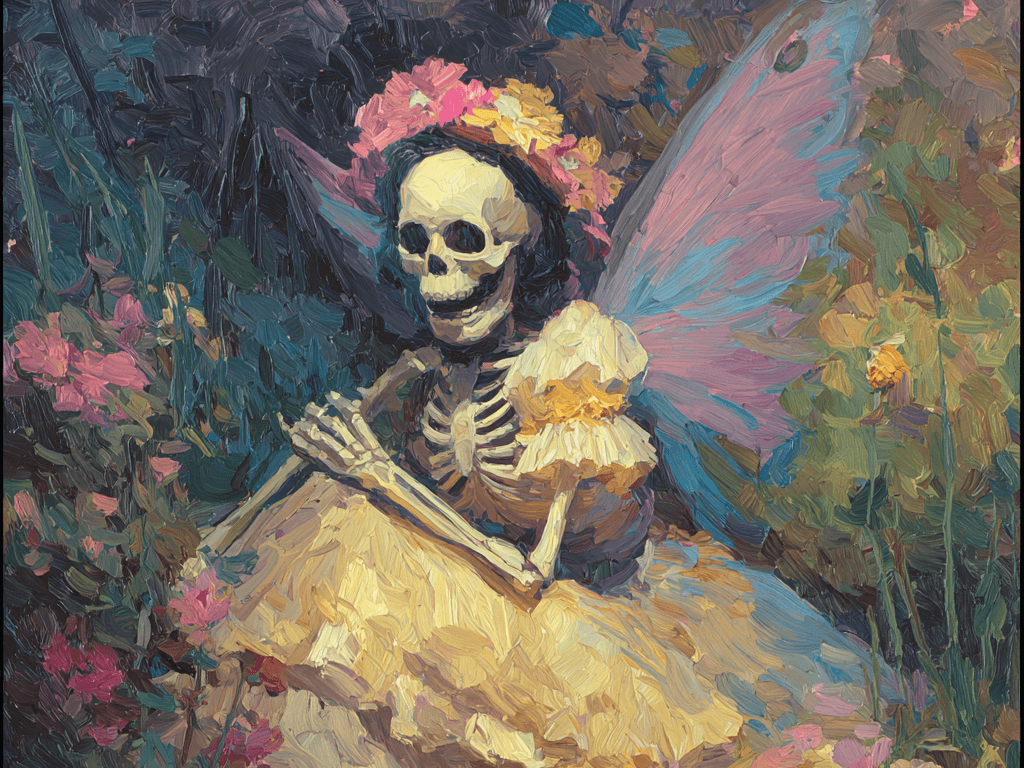
Two tragedies visited the world adjacent to American sports in the last month.
On October 17th, the wife of a man who does work for the Texas Tech football team was struck by a drunk driver and critically injured.
On November 6th, 24-year old Dallas Cowboys defensive end Marshawn Kneeland took his own life after a brief episode of suicidal ideation.
Each is a story worth paying attention to, no matter how fatigued we find ourselves by the onslaught of this kind of news. But before both events fall out of the news cycle – and no matter how tragic the event, they always do and always will - make sure you don’t miss the stories that we’re telling about those stories.
When Kneeland died, there was an immediate outpouring on social media, sports talk radio, and even on the darkest corner of the internet: sports message boards. The Cowboys' chief rivals were among the first to go public with large-scale expressions sharing grief for Kneeland, his family, his teammates, and his fans. If American sports are foreign to you, just know that the rivalries between the Cowboys and their three division foes each rank somewhere in the top 15 or 20 in American sports. And one of those teams has a fan base famous for throwing beer bottles, sandwiches, and snowballs at Santa Claus.
The universal message you’d find if you scrolled through the replies to these posts, listened to your local call-in show, or put on your hazmat suit and waded into an internet sports forum?
Some things are bigger than sports.
After Ivan Ortiz’s wife was struck by the drunk driver a few weeks ago, he set up a small GoFundMe. Just enough money to let him – the paid-on-commission breadwinner of the family – continue to act as caretaker for his still-recovering wife.
Until BYU fans found it, that is.
You see, BYU is playing Texas Tech this Saturday. They’re not normally rivals, except each team is having one of its best seasons ever. Both are ranked in the Top 10 of college football. BYU is undefeated. Texas Tech has one loss but has basically steamrolled everyone else in the Big 12. It’s the kind of game where you might expect a rabid fan to poison the trees on the opposing team’s campus.
But BYU fans have gotten in the habit of telling an old story about themselves. They tell the story of a fanbase that looks for ways to show generosity, love, and kindness to the teams they play, the people involved, and the places they came from. They tell the story of a university and athletic program that is committed to turning out good and decent people.
And once they’ve told that old story loudly and often enough, a funny thing happens: people start living that story.
Nick Greer, CEO of Built Brands and one of the biggest BYU athletics backers, was in for $10,000. Jason McGowan, a Mormon dropout who founded Crumbl Cookies and became a BYU superfan, was in for $25,000. And then the $50 and $100 donations came in floods, bringing the family more than $160,000 to get through this recovery period. They came from Tech fans, from BYU fans, and others who were moved by what was taking place. People like Kirk Herbstreit, the ESPN broadcaster who would be calling the game on Saturday, who dropped $5,000 in the till for the Ortiz family.
I understand that some people have trouble getting excited about this kind of thing. If it’s not a criticism of rich people doing performative charity, their response is to say, well, wouldn’t it be better if there were better resources for mental health so this kind of thing didn’t happen at all? Wouldn’t it be better if we did something about our nation’s unhealthy relationship with both alcoholism and driving? Wouldn’t it be better if our social safety nets were enough to catch people like this so that we didn’t need to have these outpourings?
I get where they’re coming from. But if we’re going to build an entire webpage and research platform to show you how stories and symbols are used to manipulate us, I think it’s important that we also show how they’re being used to move us, too. And don’t get me wrong - that line between moving us and manipulating us isn’t always easy to see. It’s often even harder to draw.
But there is one thing that connects most of the best old stories, I think - the ones that move more than they manipulate. The response they compel from us is rarely self-serving. It rarely exists to serve the interests of any group or institution or class. What they ask of us is something entirely different:
Let’s live up to the story we want to tell about ourselves.
Even before these events took place, this old story was already having a moment. If you wander over to our Sports Storyboards, you’ll see that the density of our semantic signature for Sports Bring People Together is as high as it has ever been in our 10+ year dataset. All that means is that in all the conversations we are having about sports in various forms of media, right now we're using more language to tell that story about what sports is and what it means than we have in at least a decade.
Seems like maybe there’s an appetite to be moved instead of manipulated.




